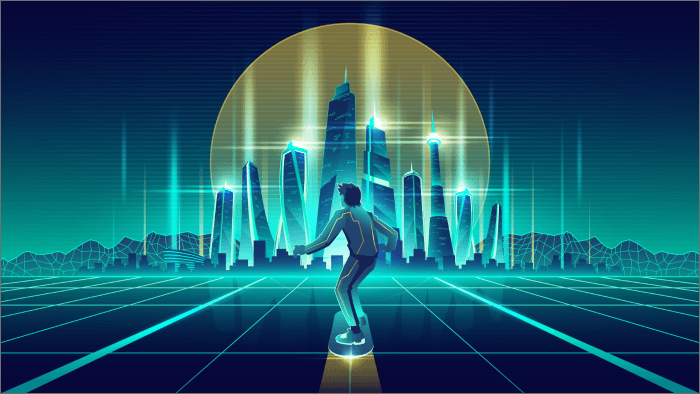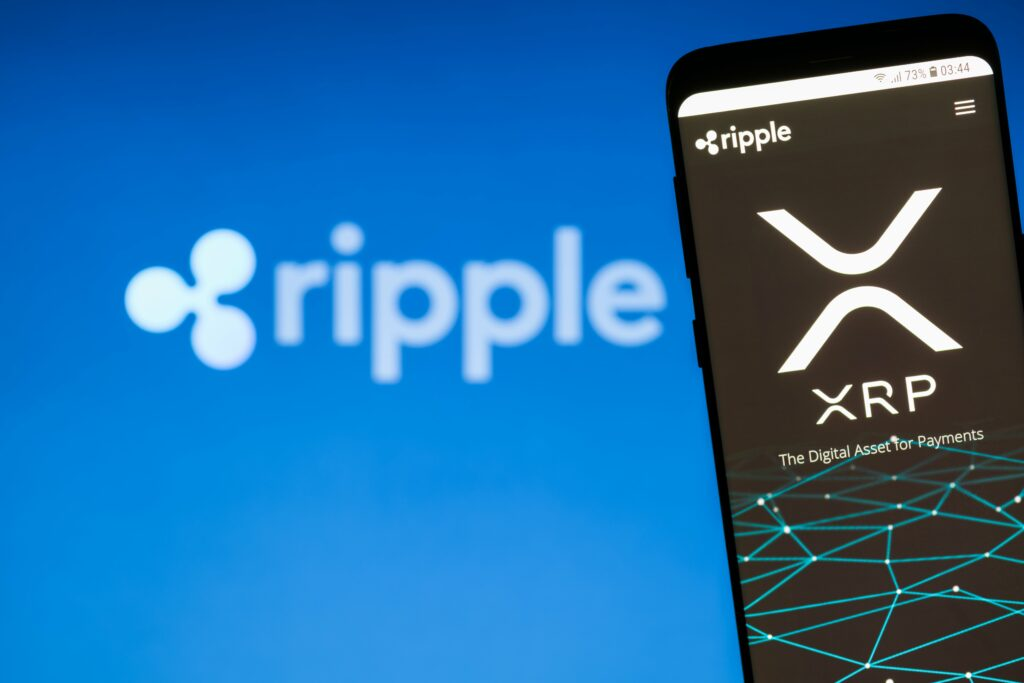Roblox, the “first stock in the metaverse”, was successfully listed on the New York Stock Exchange on 10 March 2021 and rose 54.4% on the first day, exceeding US$40 billion in market cap. In the following months, the concept of the metaverse suddenly exploded into mainstream consciousness. Global technology giants started entering the game one after another. For example, Facebook, which has close to 3 billion daily active users around the world, changed its name to Meta. Microsoft also recently acquired Activision Blizzard for $69 billion dollars.
Why did the concept of the metaverse suddenly explode and become the new favourite of global tech giants and investment institutions? What does it have to do with the crypto industry? It all starts with the concept of the metaverse and related applications.

Basic concepts
The term “Metaverse” first originated in science fiction writer Neil Stephenson’s book “Snow Crash”, which outlines a vision of people living in a virtual 3-dimensional space through digital avatars. In this virtual world called the Metaverse, there is a fully functioning economy, data, content and jobs which is both detached from and parallel to the real world, and always online. In the movie “Ready Player One”, people can put on VR devices, travel to a virtual world called The Oasis and do many things that are impossible in the real world.
Roblox CEO Baszucki defines eight attributes that the metaverse should have, according to the characteristics of its own platform: Identity, Friends, Immersive, Low Friction, Variety, Anywhere, Economy and Civility.
In essence, the metaverse is the use of blockchain, cloud computing, AI, IoT and other new technologies to create a massively scalable and interactive 3d virtual environment where users can experience simultaneous and continuous interaction with other real users, each with an independent 3D presentation of their identity, history, power, objects, communication and transactions. This is a complete human society that will also give rise to a complete, closed-loop economic system.
Features
- Persistence: Data is stored in a storage device that can be kept forever.
- Decentralization: An analogy can be drawn with payment systems; for current methods of money transfer, the only solutions are bank cards or payment methods such as CashApp, which all have the common feature of requiring a centralized institution to complete the transfer. The main difference in decentralization is that there is no need for a centralized intermediary, and all interactions require only both transacting parties to interact.
- Online virtual environment: The world of the metaverse is basically a mirror image of the real world, and the virtual environment is a virtualisation of the real world.
The relationship between the metaverse and the crypto market
It has been said that internet technology is the “infrastructure” of the internet aura, while blockchain technology is the “infrastructure” of the metaverse. A metaphor can be used to illustrate this: in the metaverse, AI serves as the brain, IoT as the senses, VR/AR would be the hands and feet, and blockchain is the circulation system that connects the whole world.
Key points of blockchain that fit into the metaverse include digital proof of ownership, value transfer, fair governance, interoperability, digital collections, wallet creation, etc.
Users can create wallets in the blockchain without having to make any payments or provide any details. The wallet has access to private keys and records all of its own blockchain transaction activity or assets, making it one of the safest and most reliable ways to establish digital identity and proof of ownership. This provides a convenient way to manage your own digital assets and transactions in the metaverse world.
As a virtual mirror of human society, the metaverse also needs governing social rules that are fair, open and transparent. Blockchain already has mature solutions and applications for this. The metaverse world needs to connect multiple projects, which requires blockchains to be interoperable and seamless. This problem is solved by the Polkadot project, allowing true interoperability by enabling cross-blockchain transfers of any time of data or asset across different parachains in the Polkadot ecosystem.
It can be seen that the future metaverse, whether it is the construction of infrastructure or the operation of software applications, will need the support of blockchain technology.
Metaverse application scenarios
To create a complete virtual world that is scalable and interactive, the metaverse needs to cover many areas such as the economy, social, retail, entertainment, advertising, culture, travel and health.
- Economy
DeFi, known as Decentralised Finance, is a financial system based on blockchain technology, which exploded in the summer of 2020 and has made great progress in its various applications which still remain high in popularity. Some areas involve decentralised lending, decentralised exchanges, payments and other areas.
- Entertainment
NFTs, known as Non-Fungible Tokens, are unique and indivisible assets that will become an important piece of infrastructure for the metaverse. Current areas for application are NFT game assets, unique artwork identifiers, unique digital collectables, digital music, virtual assets, identification tools, digital certificates etc. Series of NFT works like Cryptopunks and Loot are popular and well known. GameFi, a combination of games, DeFi and NFTs, refers to a business model centred on P2E (play to earn) with strong promise in the metaverse. The Axie Infinity game has even repeatedly surpassed twice the average daily revenue of PUBG Mobile at about US$17.5 million, helping shine the spotlight on the metaverse and potential of play to earn games.
- Games
The most popular metaverse game today is Sandbox. Users can think of Sandbox as a “Minecraft” game running on the blockchain, where the content of the game is entirely managed by the players and each player can participate in creating and contributing quality content. In the game, players can use Sand as a token for trading land and other game material in the virtual economy.
- Digital Real Estate
There are many platforms on the metaverse that offer digital real estate, such as Decentraland (MANA) which is a virtual reality platform powered by the Ethereum blockchain. Users can create, experience and develop content in the Decentraland world to gain revenue. The platform enables creators to showcase quality content in the metaverse, with famous artists and designers joining such projects to create virtual artwork accessible to the masses.
Summary
The advantages of the Metaverse, such as the immersive experience, virtual identity and strong social element, have attracted global tech giants to enter the market, making it the next sector for institutions to compete for investments. However, the present concept of the metaverse is still in its earliest stage of evolution and development. Creating a complete virtual world is difficult as builders face problems such as fragmented applications in various segments, poor interaction experience, and low sustained user engagement.
This is both an opportunity and a challenge.
Future of a MetaVerse
Although the technology and infrastructure of the current Metaverse are far from perfect, the popularity of the concept has made people realize its development potential, even catching the attention of technology giants such as Meta, Microsoft and Apple. For forward-looking investors, the Metaverse sector will certainly be one to monitor.
Join MEXC and Start Trading Today!



